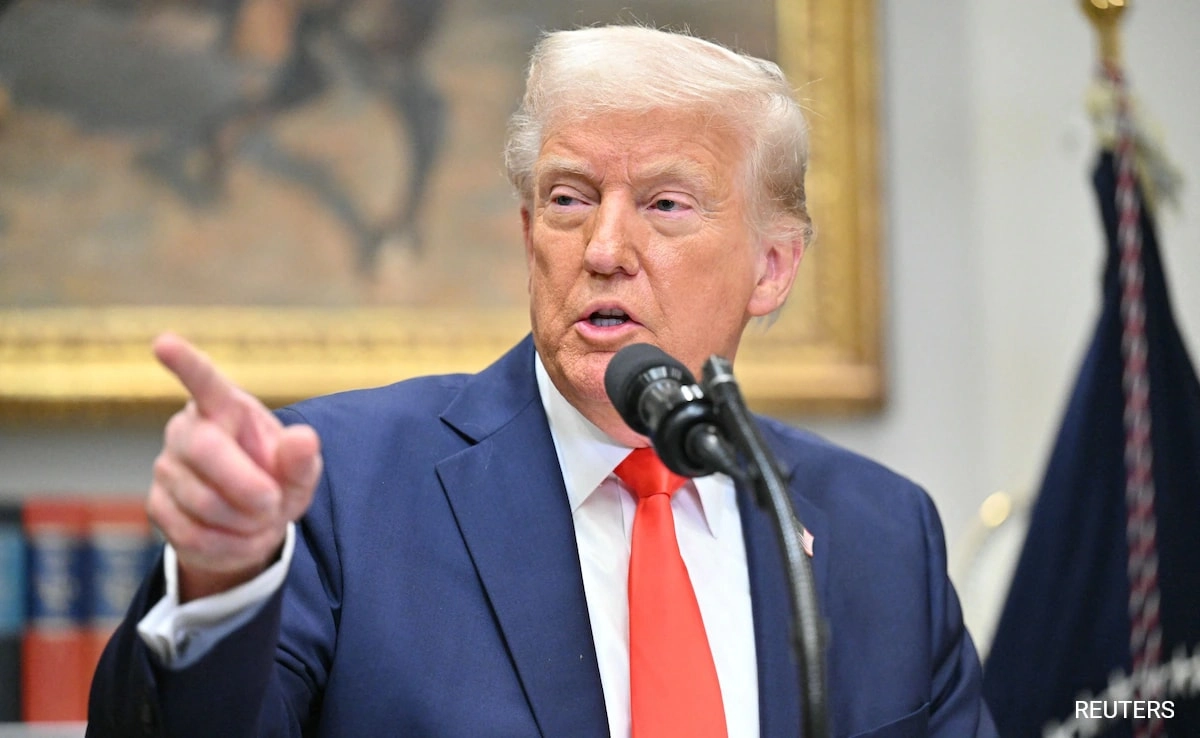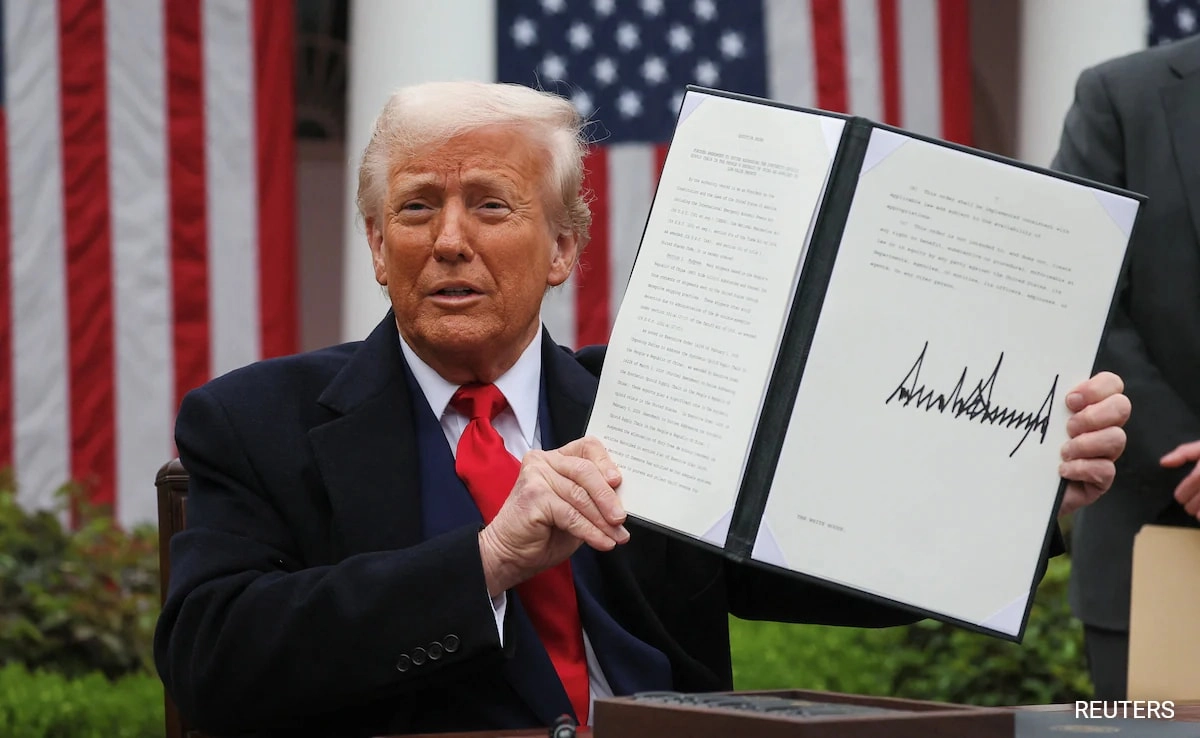The Trump administration has faced significant criticism for its approach to minority representation in government communications and policies. Many advocates and experts have noted that during Trump’s presidency, there was a noticeable trend of erasing or minimizing the visibility of minority groups in official government websites and documents. This effort was seen as part of a broader agenda to reshape the narrative surrounding diversity and inclusivity in America. Critics argue that this lack of representation not only undermines the contributions and rights of these communities but also sets a dangerous precedent for future governance.
One of the most striking examples of this erasure can be observed in the language used in federal communications. The administration was often criticized for avoiding terms like “diversity,” “inclusion,” and “equity” in official documents and speeches. Instead, the focus shifted towards a more homogenized portrayal of American identity, which many believe marginalized the voices and experiences of racial and ethnic minorities. This deliberate omission has sparked concerns about the implications for policies that directly affect these communities, particularly in areas such as healthcare, education, and social services.
Moreover, the impact of this erasure extends beyond mere rhetoric; it has real-world consequences for minority populations. For instance, when government resources and programs designed to support these communities are obscured or de-emphasized, it can lead to decreased access to essential services. The removal of references to minority groups from websites and official policies can create an environment where these communities feel neglected or invisible, further exacerbating existing inequalities. Advocacy groups have argued that such actions not only reflect a lack of commitment to civil rights but also hinder progress towards achieving a more equitable society.
In response to these trends, many organizations and individuals have mobilized to push back against the administration’s policies, advocating for a restoration of visibility and representation for minorities in government communications. Efforts have included campaigns to hold the administration accountable for its approach to diversity and inclusivity, as well as initiatives aimed at increasing awareness of the importance of representation in policy-making. As the nation continues to grapple with issues of race and inequality, the legacy of the Trump administration’s approach to minority representation will likely remain a critical point of discussion and contention in the broader fight for civil rights and social justice.




